
Daewoo Forklift Part - In the month of March of nineteen sixty seven, the Daewoo Group was established by Kim Woo-Jung. He was the son of the Provincial Governor of Daegu. He first graduated from the Kyonggi High School and afterward went onto the Yonsei University in Seoul where he finished with an Economics Degree. Daewoo became one of the Big Four chaebol in South Korea. Growing into an industrial empire and a multi-faceted service conglomerate, the business was famous in expanding its global market securing various joint projects worldwide.
During the 1960's, park Chung Hee's government started to encourage the growth and development within the nation after taking office at the end of the Syngman Rhee government. Exports were promoted in addition to increasing access to resources and financing industrialization to provide protection from competition from the chaebol in exchange for political support. At first, the Korean government instigated a series of 5 year plans under which the chaebol were required to attain a series of specific basic objectives.
When the second 5 year plan was implemented, Daewoo became a major player. The business significantly benefited from cheap loans sponsored by the government which were based on potential proceeds earned from exports. At first, the company concentrated on textile and labor intensive clothing industries which provided high profit margins. South Korea's huge workforce was the most significant resource within this particular plan.
Between the years of 1973 and 1981, when the third and fourth 5 year plans happened for Daewoo; Korea's labour force was in high demand. The nations competitive advantage started to dwindle due to increased competition from various nations. In response to this change, the government responded by focusing its effort on mechanical and electrical engineering, military initiatives, shipbuilding, construction efforts and petrochemicals.
Ultimately, Daewoo was forced into shipbuilding by the government. Although Kim was hesitant to enter the industry, Daewoo rapidly earned a reputation for manufacturing competitively priced oil rigs and ships.
Over the following decade, the Korean government brought much more liberal economic policies by loosening the protectionist restrictions on imports, reducing positive discrimination, and encouraged small private businesses. While supporting free market trade, they were also able to force the chaebol to be a lot more assertive overseas. Daewoo successfully established numerous joint projects with European and American businesses. They expanded exports, semiconductor manufacturing and design, machine tools, aerospace interests, and various defense products under the S&T Daewoo Business.
In time, Daewoo started producing civilian helicopters and airplanes which were priced much cheaper than those built by its counterparts in the U.S. The company expanded their efforts in the automotive industry. Impressively, they became the 6th biggest car manufacturer on the globe. Through this time, Daewoo was able to have great success with reversing faltering companies in Korea.
All through the 80s and 90s, Daewoo moved into various sectors comprising consumer electronics, buildings, telecommunication products, computers and musical instruments like for example the Daewoo Piano.
![]() Click to Download the pdf
Click to Download the pdf
Forklift Parts
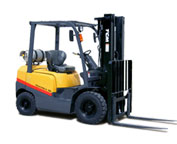

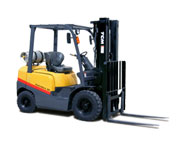

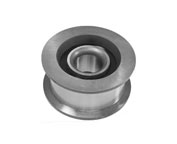
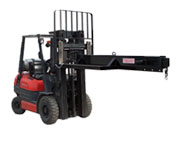
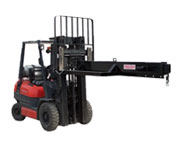

Lift Parts Express
TOLL FREE: 1-888-695-7994
LOCAL: 951-256-4534
160 W Foothill Pkwy 105-79
Corona, California
forkliftpartscorona.com
Email Us
About Us



